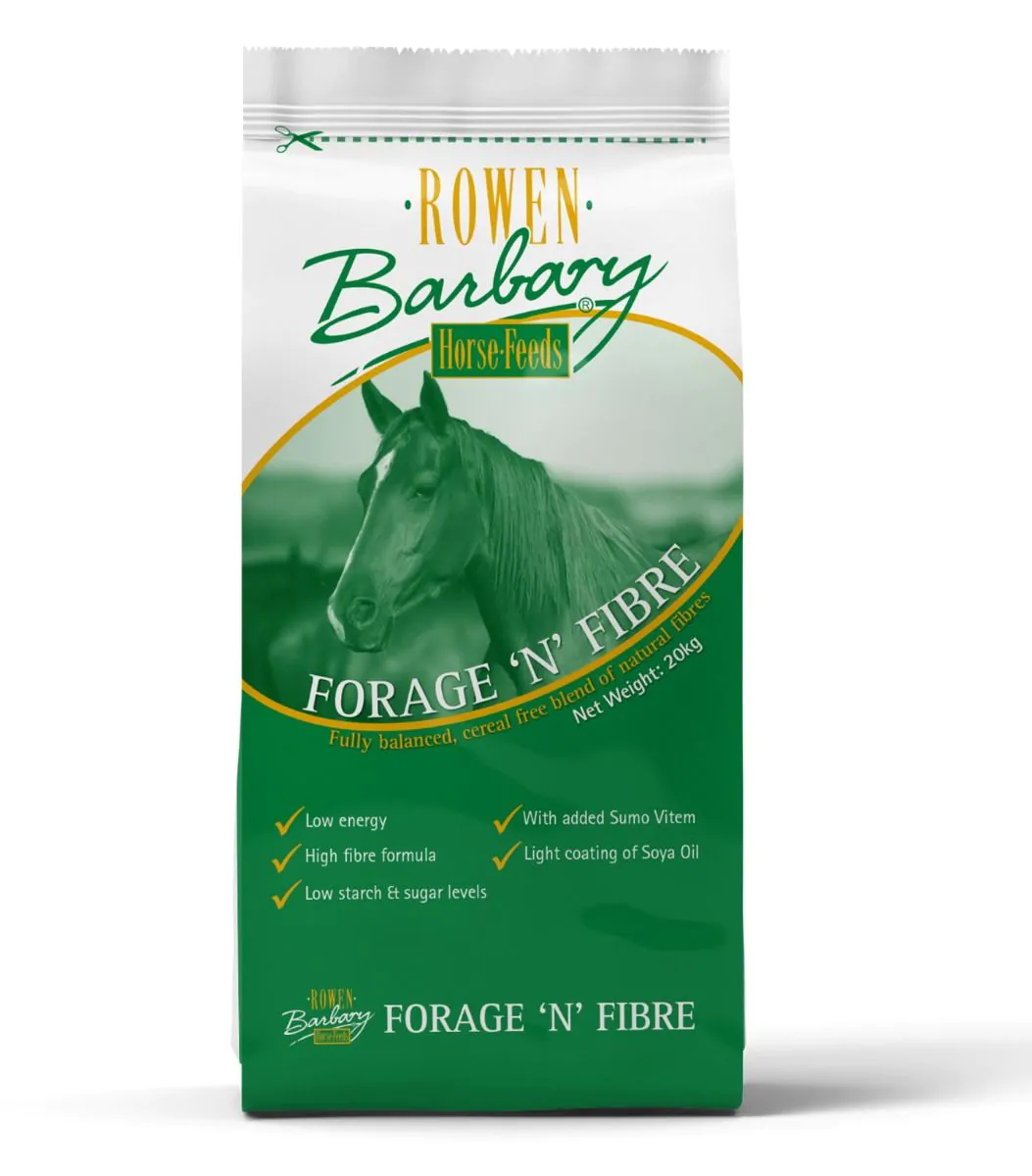- 29th July 2021 by Rowen Barbary
Summer Grazing
During the summer months many horses and ponies are kept out at grass. Most horses will thrive on summer grazing, however, it can lead to obesity in those prone to weight gain. Summer grazing can have some risks to all horses such as Laminitis, Colic and injury to particularly excitable horses. Spring and early Summer is usually the time of most intense growth, which results in lush grass that is highly palatable and high in Fructans. Fructans are a type of sugar produced by Photosynthesis and is the fuel used for a plant to grow.
Risks of Summer grass
Obesity is a risk to horses as it can increase the likelihood of health concerns such as Laminitis, metabolic disorders, heart and circulatory issues, respiratory issues, digestive disorders and joint strains. Owners are more efficient at managing their horses weight over winter to ensure they do not lose condition. When good condition has bene maintained the increase in sugars will result in horses slowly increasing their weight.
Obesity is one of the major risk factors in the development of laminitis due to more weight on the laminae. Laminitis is mainly associated to native breeds of horses, ponies and seniors. However, it can affect any horse. Once a horse or pony has developed laminitis they often become less tolerant of a diet containing high levels of sugar and starch, or non-structural carbohydrates (NSC). It is recommended to maintain a diet that contains a NSC content of less than 10% on average per feed, and special attention must also be paid to bodyweight.
Colic can be induced by the sudden intake of rich grass. The horses’ digestive system will be accustomed to hay. The microorganisms in the hindgut will not be equipped to digest the high level of Fructans causing the good bacteria to die off. The dead bacteria releases toxins, increasing the acidity which is then absorbed into the bloodstream. This can be a cause of laminitis but also increase the risk of colic. To avoid upsetting the hindgut gradually introduce your horse to the richer grass in early spring. Start with a shorter periods out at grass and slowly increase to allow the microorganisms to acclimatise.
Grass growth
Grass produces sugar when it is green and leafy and when the sun is directly on the grass. The longer the sun is on the grass the more photosynthesis is occurring and producing more sugar for the grass to grow. Long summer days produce higher fructan levels than winter days. Grass will use up the sugars when in shaded areas and throughout the night.
Safe turnout
There are strategic times to turnout your horse or pony during summer to graze when the sugar and starch content is at its lowest. The grass continues to grow throughout the night using the sugars present until the sun rises. As soon as sun starts to rise, the sugar content will increase again. Turn out later at night, before you go to bed and get them in early morning before the sun has been on the grass for a prolonged period. Most common time for turnout for horses sensitive to starch and sugar levels are between 10pmand 6am.
If you cannot alter the turnout times, you can strip graze your horse, use a traditional maze or use a grazing muzzle as this will reduce the amount of fresh grass they have access to so their intake will be lower.
Reducing the Risks
It is important to avoid turning out on stressed grass. The sugars will remain in the stressed grass and when the sun rises again the sugar levels will continue to increase further. Stressed grass in the summer will appear yellow to brown. Grass that has been overgrazed and short will retain the sugar within the lower part of the stem and root. This will allow the grass to start growing again when it is no longer dormant, resulting in a higher sugar content.
Most horses will not require an additional feed but it is important maintain a balanced diet. A suitable feed is high in fibre, low in starch and sugar that contains essential vitamins, minerals and trace elements. Rowen Barbary’s Forage ‘n’ Fibre has been formulated to ensure your horse or pony is still receiving all the essential nutrients without the additional calories. Giving your horse or pony a feed and haynet before turnout, can also decrease the likelihood of your horse gorging.

About Rowen Barbary
All manufacturing at Rowen Barbary is carried out in a state of the art mill located in the heart of the Shropshire countryside. We use only the highest quality ingredients sourced, where possible, from local farms before they are blended by our dedicated team in our UFAS audited mill.
Rowen Barbary also conforms to BETA NOPS guidelines with raw materials & finished feeds regularly laboratory tested to ensure that every bag of feed continues to meet not only ours, but also your high standards.
We Recommend...


